Are you running tests in your marketing?
If not, you should be. If you are, you’re probably not getting the full value from your testing.
Testing is the single most powerful tool in a marketer’s toolkit. For too long, testing has been misunderstood and underutilized by marketers.
If you want to determine which approach works better, testing is the obvious approach. Through experimentation, we can statistically prove which messaging, creative or page generates a better response and increased sales.
The power of testing isn’t limited to the tactical level. Understanding and applying testing at a strategic level will transform how you approach your marketing and can unlock the ability to drive consistent and predictable growth.

Testing is misunderstood
There’s a testing gap in marketing. The reality is most marketers have zero experience with testing and experimentation. And the few who know something about testing have learned about it second-hand, from blogs and videos.
There’s nothing inherently wrong with educational content that’s freely available online, but there is, unfortunately, a plethora of misinformation about testing. A quick Google search about testing will lead you to advice suggesting that a “good test” could be as easy as comparing a red button versus a blue button.
Don’t fall for the trap. Testing is much more complex.
There are two big challenges with testing: deciding what to test and interpreting the results correctly. Both are essential, and many experienced marketers still incorrectly do one (or both).
Every test you run takes effort, resources and time. That means every test has both a tangible cost and an opportunity cost. In short, testing is expensive.
To maximize the impact of testing, you must prioritize your tests, focusing on the experiments that will produce the greatest result in the shortest time. This is where deciding what to test matters—a lot.
Red or blue won’t do
Which is why testing random things or minutiae (like a red or blue button) won’t get you very far. Many marketing teams spend months “doing testing,” but all they’ve really done is waste time and money with little to no demonstrable results or insights.
In addition, understanding whether or not your test results are valid isn’t always cut and dry. Many factors can influence or affect the performance of a test, including other campaigns, messaging, seasonality and so much more.
Running tests is best practice in marketing. However, success with testing requires a strategic and scalable approach. Embracing test-driven marketing is the future.
Get the daily newsletter digital marketers rely on.
Don’t judge a test by its results
If you’re judging the effectiveness of your testing program based on results, you’re missing the point of testing.
The goal of testing, contrary to popular belief, is not to get better results; that’s a byproduct of good execution. The true purpose is gaining new insights into what works (and what doesn’t).
These insights are far more valuable than results. They can be applied across all of your marketing efforts—current and future—to drive improvements. And they can shape and direct your marketing strategy.
From this perspective, every test generates value in the form of insights, even if it fails to produce a performance improvement. This should be reassuring because it reduces the risk and increases the return on investment (or “return on testing”).
The insights you gain from testing are most valuable when they can be applied to the widest areas of your marketing. Therefore, you must be testing areas that will generate insights that have the most significant use case based on your marketing.
In other words, you need to figure out the strategic assumptions and questions that your marketing is facing and build a testing plan that will find the answers you need.
Set your themes
This inherently prevents you from testing small details and allows you to have the biggest impact in the shortest amount of time. Instead of running many unrelated tests, you can choose a set of “themes” aligned to your marketing strategy. Then your tests can support one or more themes which will help you validate and direct your strategy and implementation.
This is what test-driven marketing is all about, and it’s the foundation for agility in marketing. Where marketing strategy and experimentation intersect, you can rapidly and efficiently discover the right path forward, much like electricity following the path of least resistance.
It sounds great in theory, but it requires the support of leadership and a culture that can embrace a “test-first” mentality. This is a deviation from the traditional approach to marketing, where you would normally plan, execute and test. Testing must be a focus from the very beginning.
Developing internal best practices
If testing is about insights instead of results, you must capture them.
Document every experiment, including your idea, hypothesis and results, in a central repository which I call the “Book of Knowledge.” This is a shared destination for the marketing organization to collect, document and learn from the successes and failures of our experimentation efforts.
As a starting point, it helps to provide visibility into the tests being done and the insights learned. Making this visible to everyone, even outside of marketing, is the easiest way to spawn new ideas for tests that have the highest chances of success.
It also serves as a capture point for new ideas which will form your backlog for testing. For example, the customer service department can contribute excellent ideas for tests based on their experience of interacting with customers daily.
Most importantly, over time the Book of Knowledge becomes a source of truth and insights—your internal best practices. The next time you launch a campaign, produce creative assets or write a headline, you can refer to the Book of Knowledge to see what has worked and what hasn’t. And you’ll know exactly what to do to have the highest chance of success.
Accelerating learning to drive rapid growth
Testing isn’t just about optimizing; it’s also about accelerating learning to drive rapid growth.
The key to growth in marketing is testing at scale. The faster you test, the quicker you learn. The quicker you learn, the faster you can invest in the right things to drive growth.
Testing at scale has been difficult, slow and expensive in the past. But not anymore, with new platforms like TikTok providing massive organic reach, it can take minimal production time and effort to get unlimited chances to find what works.

TikTok is a test-driven marketer’s dream come true. You can test rapidly and at scale to discover hooks, headlines, messaging, creative, campaign concepts, sounds, etc. There’s no cost, no penalty for uploading multiple times a day and no limit for seeing how a massive audience responds.
In 2021, TikTok surpassed Google for traffic. If you’re not producing content on TikTok, now is the time.
Navigating the maze of marketing growth
Today, marketers are captivated by the promise that artificial intelligence and algorithms will be an easy route to success. Alas, they are not the utopia we want to believe they are.
Let’s be honest. In marketing, no one knows what will work.
Achieving growth in marketing is like navigating a maze wearing a blindfold. It takes a careful and methodical approach to stumble down many wrong paths to find your desired destination and escape the disorientating array of potential options.
Success in marketing requires a consistent, thoughtful, and systematic approach to testing. We must experiment to find the path that works for us instead of trying to follow in the footsteps of competitors. And it’s imperative that we focus on insights—not results—that are documented, disseminated, and applied universally.
Growth will always be elusive until you embrace testing at a strategic level and use it to discover what works for your brand, solutions and audience.
Opinions expressed in this article are those of the guest author and not necessarily MarTech. Staff authors are listed here.














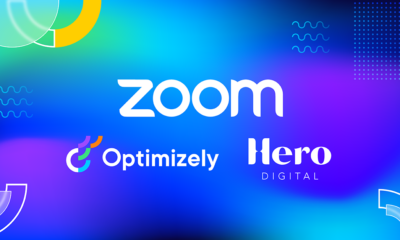

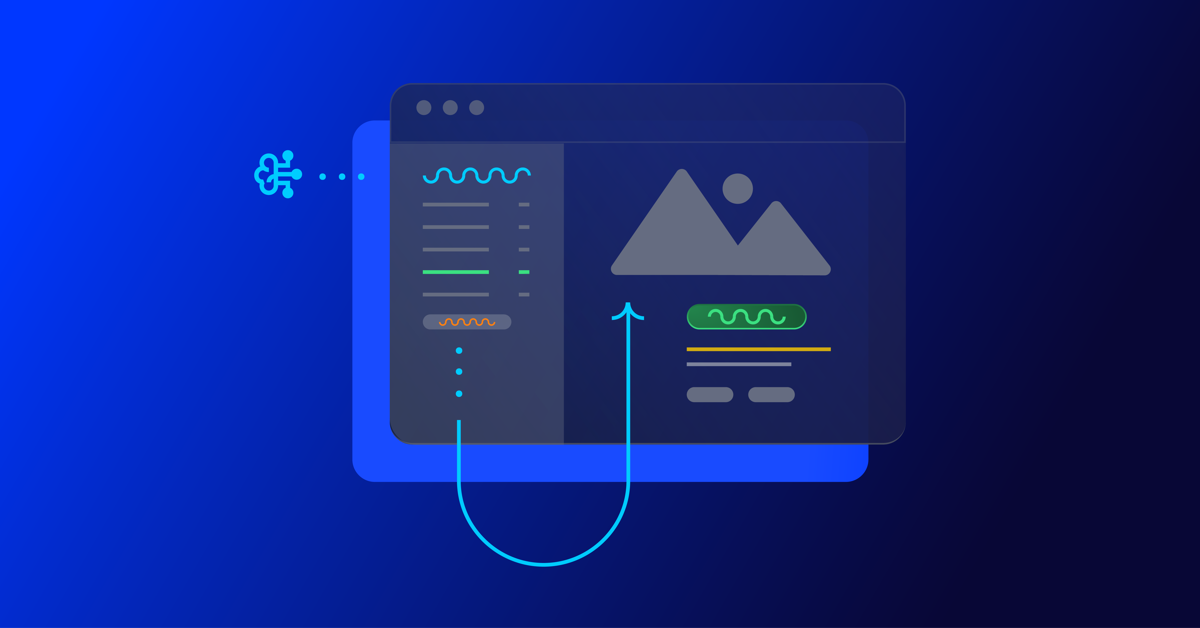
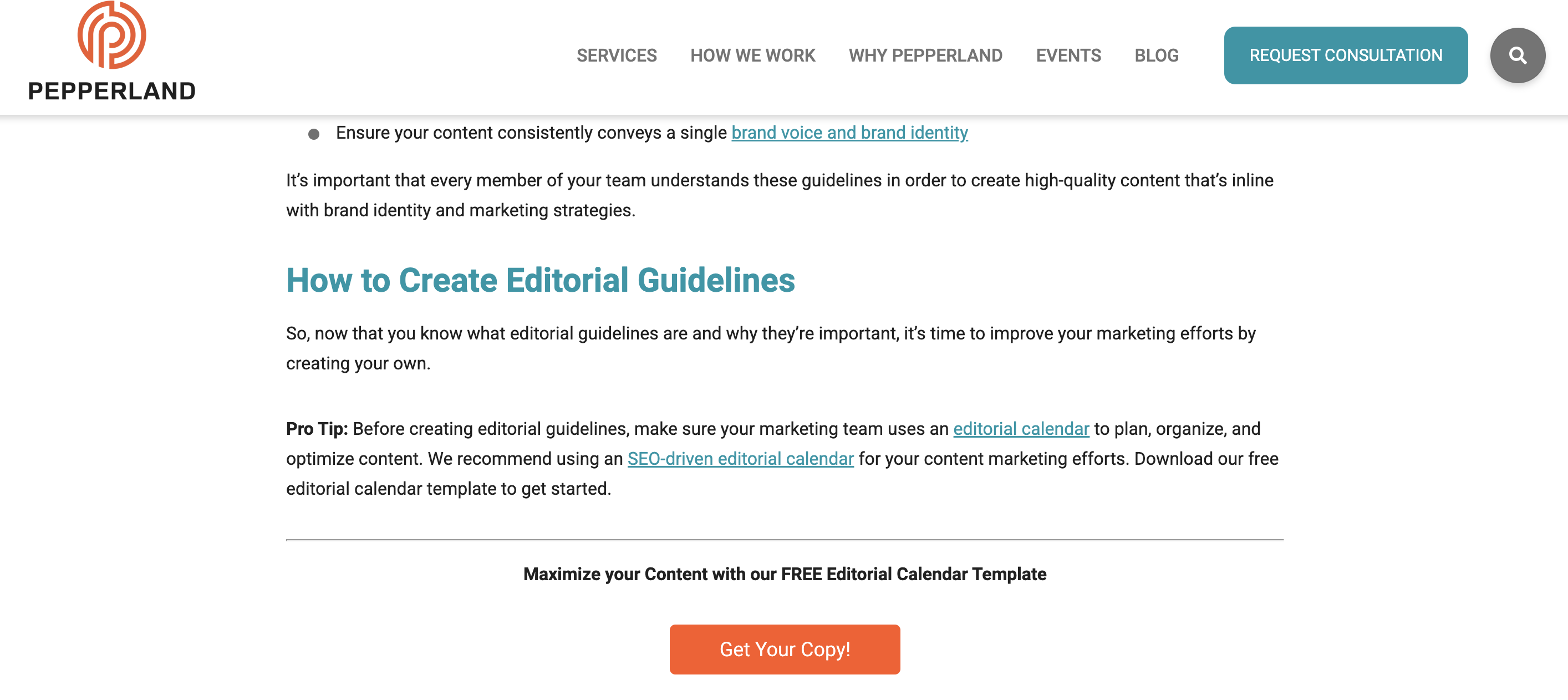
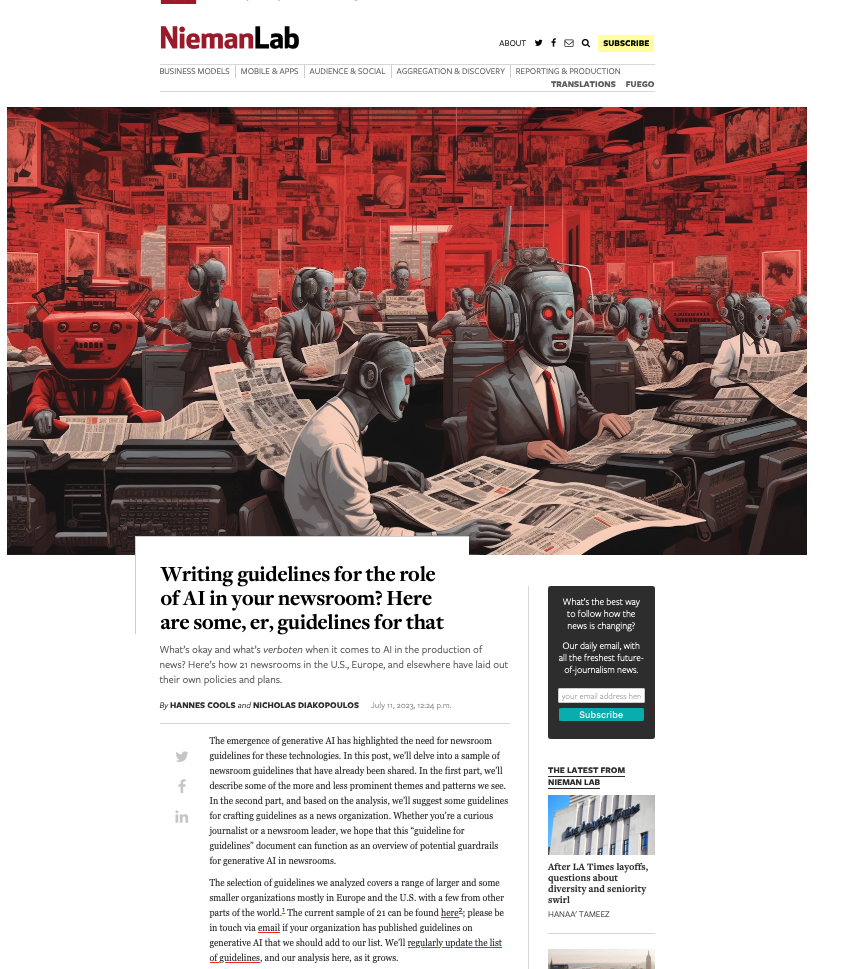
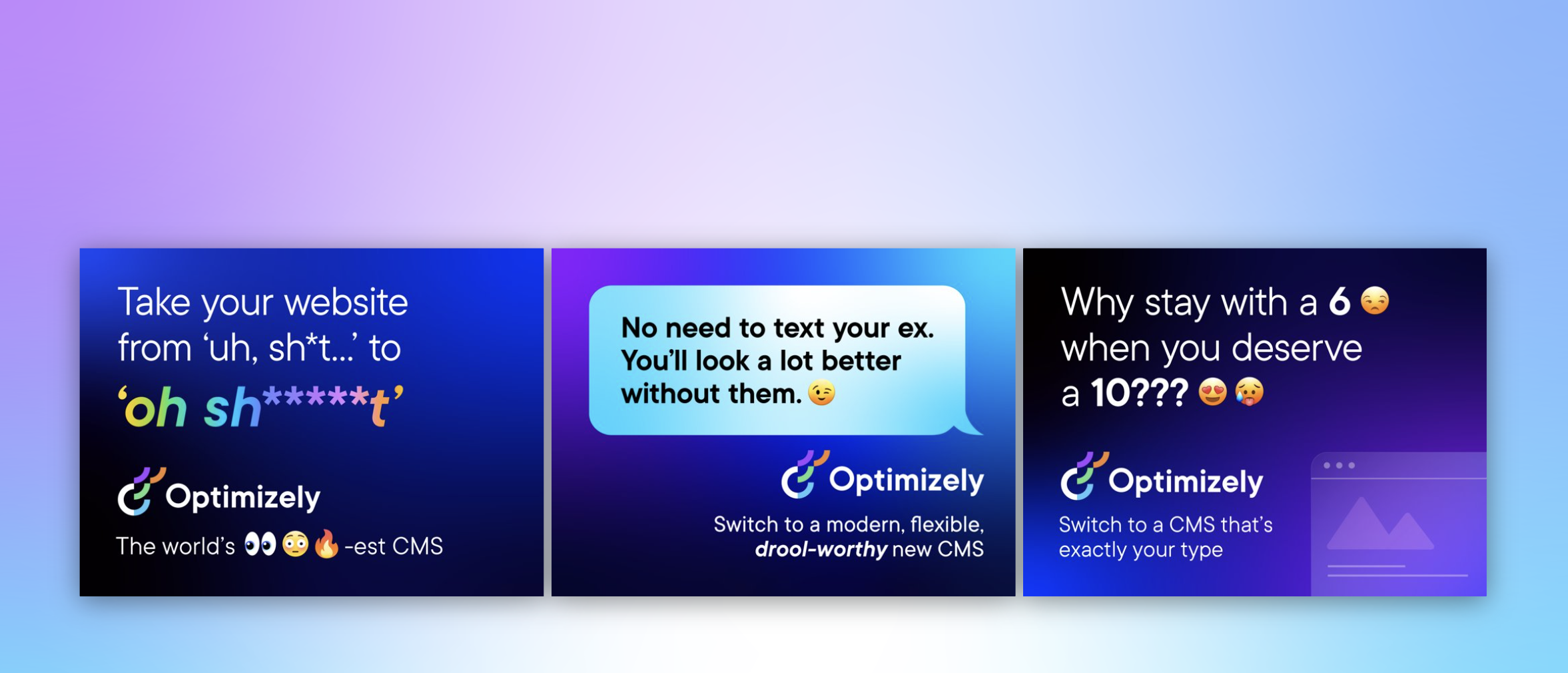
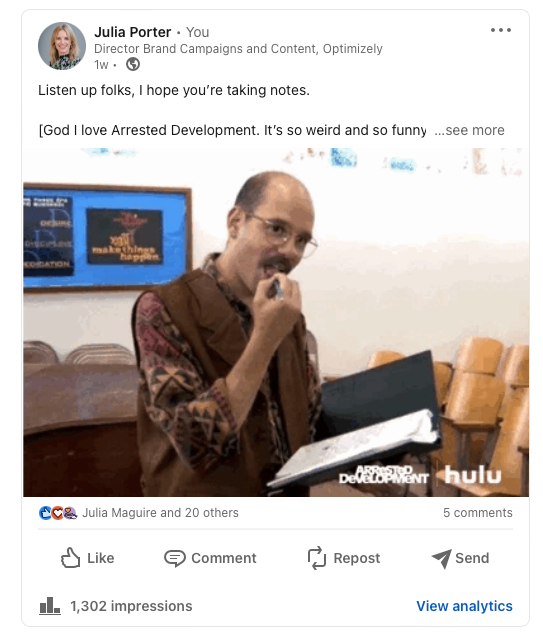
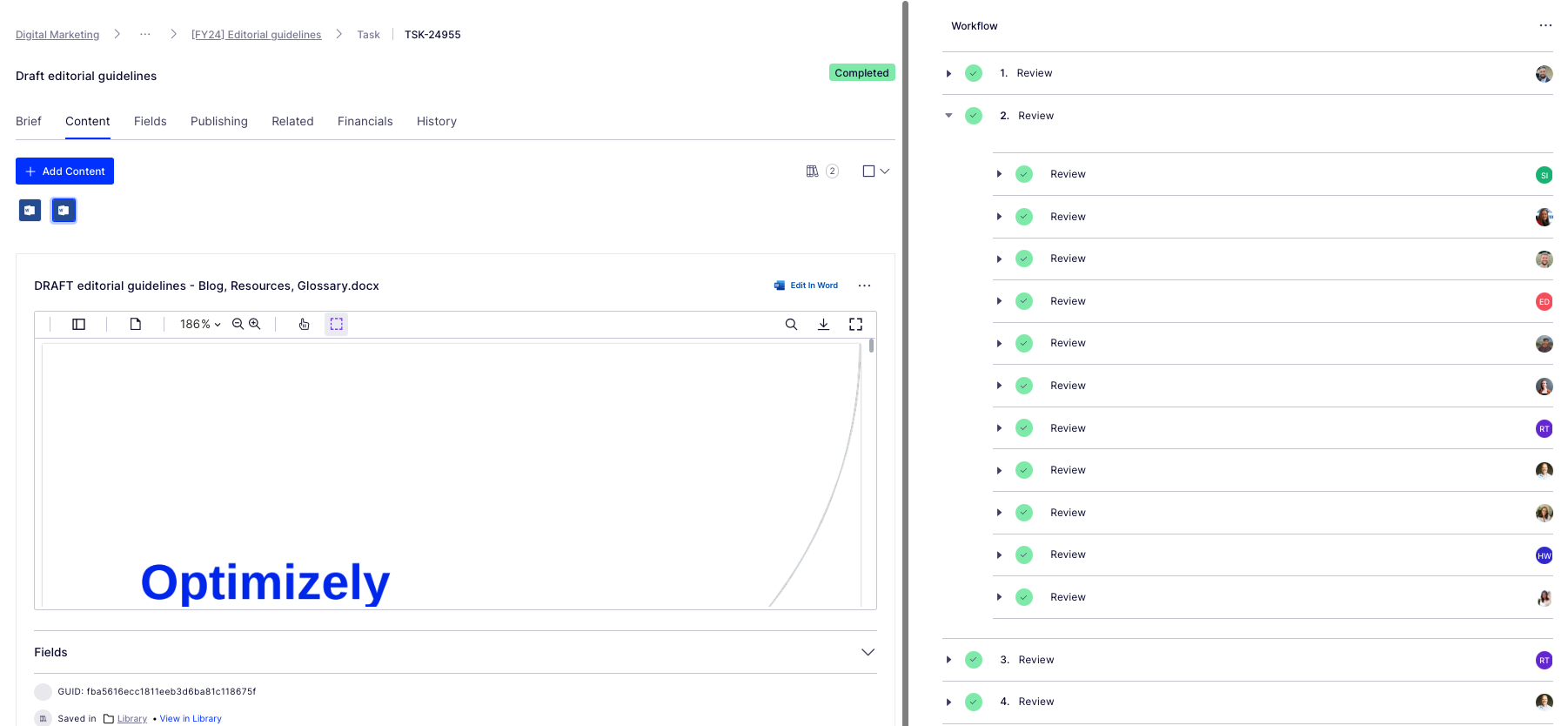
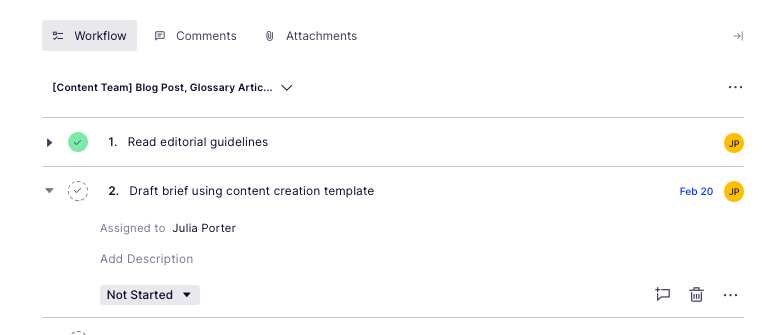



















You must be logged in to post a comment Login